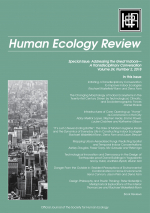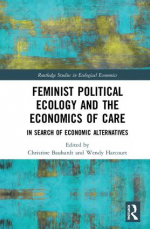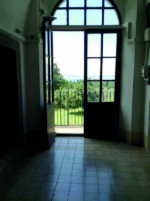Infrastructures of Care: Opening up “Home” as Commons in a Hot City

What does it mean to be at home in a hot city? One response is to shut our doors and close ourselves in a cocoon of air-conditioned thermal comfort. As the climate warms, indoor environments facilitated by technical infrastructures of cooling are fast becoming the condition around which urban life is shaped. The price we pay for this response is high: our bodies have become sedentary, patterns of consumption individualized, and spaces of comfortable mobility and sociality in the city, termed in this paper as “infrastructures of care,” have declined.


